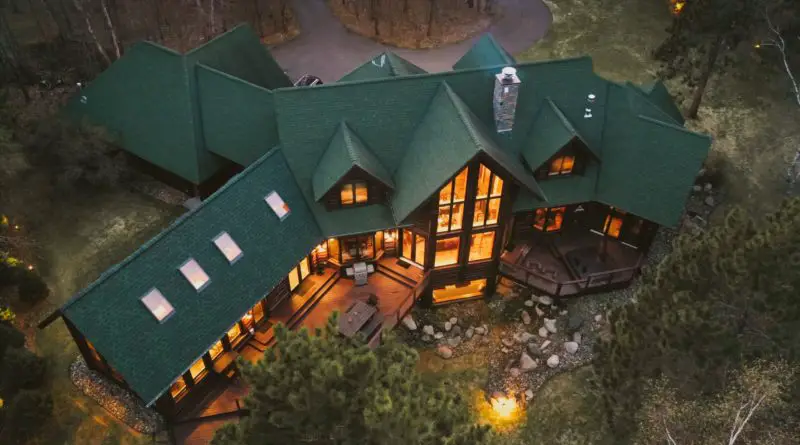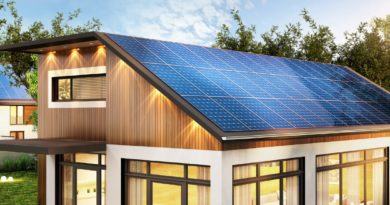Last modified on March 23rd, 2021 at 11:15 am
A Truly Green Home: The Best Sustainable Construction Materials To Use
In the past 10 years, the number of concrete-framed homes increased by 258%, according to the National Association of Home Builders. Concrete is responsible for about 8% of the annual global carbon dioxide emissions that contribute to global warming. If you are seeking to live a greener life, the very material that your home is made of matters. Thankfully, there are several sustainable construction materials that are available for future homeowners. So what materials are those?
Structured Steel
Roughly half of all steel is used in buildings and construction, according to data published by CNN. Experts at Magnum Builders say that steel is popular for its durability, but it is also 80% more recyclable than other materials available in the market. While steel is not a renewable resource, if there is any scrap left from steel beams, it can be collected and recycled directly into steel production.
Another reason why structured steel is sustainable is that it does not take a lot of energy to produce. Also, about 90% of the water used to produce and manufacture steel is cleaned and returned to its source, so it is clear that steel does its part to lower emissions and waste.
Engineered Lumber
Traditional lumber is a sustainable construction material. The problem with it is that it may warp under certain weather conditions and is generally more expensive to obtain. Engineered lumber is a good eco-friendly alternative, as it is resistant to warping, so it is low maintenance for homeowners.
Engineered lumber also has several types to choose from, including laminated veneer lumber, plywood, composite board, and cross-laminated timber. As engineered lumber is 60% lighter than traditional lumber, it cuts the time of installation and the labor costs involved. For future homeowners on a budget, engineered lumber is a good way to be eco-friendly and not break the bank.
Guadua Bamboo
Guadua Angustifolia or Guadua Bamboo is effective in capturing the carbon dioxide that is present in the atmosphere. Even after it is cut down and turned into construction material, it does not stop absorbing the CO2, and does not release it back into the environment. Bamboo is also easy to cut, reposition, maintain and repair without any need for specialized tools.
Beyond use for foundation, it can also be used for flooring, walls, and even ceilings. Another thing that makes bamboo a good construction material is its ability to absorb energy and bend so it can withstand earthquakes pretty well. It is a long-term low-cost investment with massive eco-friendly benefits for years to come.
Recycled Plastic
Globally, humans produce about 359 million tons of plastic each year, according to the BBC. It takes hundreds of years to decompose plastic, so it is generally perceived to be harmful to the environment. Recycled plastic is a good option for construction material, as plastic is strong, durable, lightweight and waterproof.
Plastic is also moldable to various shapes and sizes, making it ideal for construction. Using recycled plastic also ensures that plastic is not headed to overcrowded landfills and the deepest part of the oceans, where it can be eaten by fish. There are now PVC pipes that are made from recycled plastic that can be used for building homes.
The materials mentioned above are only a few of the available materials that the environmentally-conscious can tap into to build their future homes. Naturally, certain materials are harder to obtain — depending on where you plan on building your home. It would be best to speak with an architect to get a better idea of what sort of sustainable materials are available in your area so you add them to your plans.




